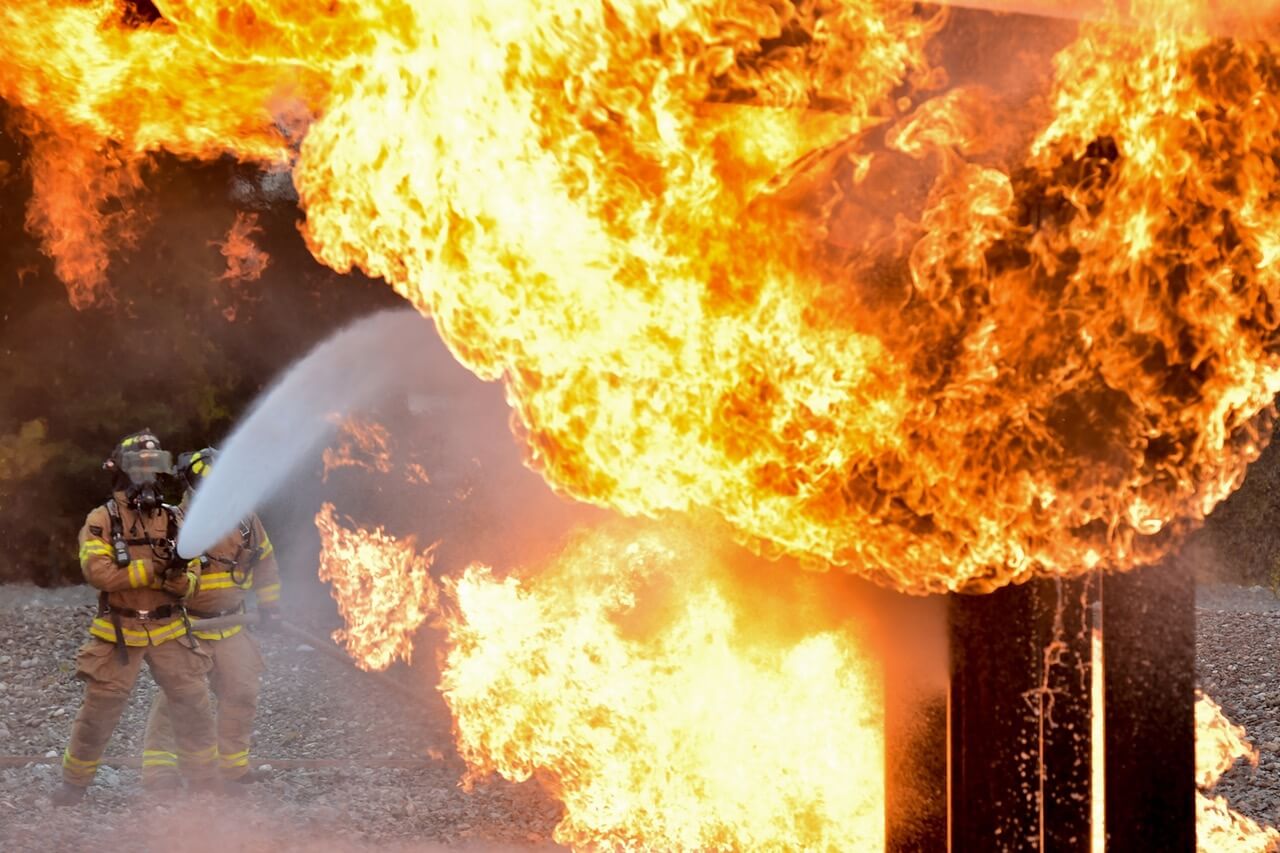Frequently Asked Questions About ATEX Hoists
Lifting hoists are used in dozens of industries around the world, thanks to their wide range of abilities. Whether it’s helping to complete the construction of a building, to aid the production line of automobiles or to conduct deep mining operations, lifting hoists play a vital part in the way that the world works. Many of the industries and sectors that hoists operate in can be hazardous, with flammable and explosive materials or substances present. When this is the case, it’s important that ATEX hoists are used. We’ve answered some of the most frequently asked questions about these hoists below.
What is an ATEX rating?
An ATEX rating is comprised of two directives that have been set by the EU, and therefore apply to all EU member states. The first directive, Directive 99/92/C applies to workplaces that have explosive substances, while the second directive, Directive 94/9/EC applies to the equipment that is being used in explosive environments.
The two ATEX directives are applied in the UK through the UK laws, which is the Dangerous Substances and Explosive Atmosphere Regulations 2002 (DSEAR). ATEX ratings apply to any environments or equipment where explosive substances may be present, and not just lifting hoists.
What is defined as an “explosive atmosphere”?
An explosive atmosphere is an environment where there is a mixture of substances that are flammable, such as gases, vapours, mists or dusts, and air, meaning all that is needed is an ignition to cause an explosion.
What sort of substances makes these environments dangerous?
There are many environments that are considered hazardous and explosive. There are more obvious environments that contain a number of chemicals, while less obvious environments that can contain fine dust can also be highly dangerous if the wrong equipment is used.
Even fine dust can cause explosions
How can lifting hoists be dangerous in an explosive environment?
It only takes a small spark to ignite flammable and explosive substances. There are three main types of lifting hoist; electric, pneumatic and manual. You must never use an electric hoist in this type of environment as there is a much greater chance of sparking.
Even manual or pneumatic hoists that aren’t ATEX rated run the risk of sparking, especially when you are working with lots of heat, energy and metal.
How are ATEX hoists safe?
ATEX rated hoists have been designed with dangerous and hazardous environments in mind. They are both spark resistant, spark proof, and explosion proof, meaning it is impossible for them to cause a spark or ignition.
Is it necessary to have ATEX rated equipment in hazardous environments?
Yes – it’s part of the law. Failing to use the right equipment in this type of environment is not only illegal, but it could cause serious damage and fatalities.
It’s important to use ATEX rated equipment to prevent any explosions or fires
Can I use ATEX hoists in other environments too?
Absolutely, although they are specially designed for hazardous environments. Each hoist has been designed with a different function in mind; some have greater lifting strengths while others have a stronger resistance to rust, so you may find that a different hoist is better suited to a new environment.
But yes, you can use your ATEX rated hoists in other environments too, although we would recommend always first checking with the manufacturer that it is safe to do so.
What ATEX hoists do you stock at Lifting Hoists Direct?
At Lifting Hoists Direct, we stock the Yalelift 360 ATEX Rated Chain Hoist, from well-known manufacturer Yale. It comes in various models and versions, with a lifting capability of up to 20,000Kg and six chain falls.
Looking for more information on ATEX hoists?
The above has provide you with all of the key information that you need when it comes to ATEX rated hoists. If you are working in an environment where explosive or flammable substances are present, then as an employer, you are bound by the law to ensure that this environment is safe for all employees.
If you want to discuss ATEX rated hoists further, or aren’t sure whether you need them for your environment or not, then we would be more than happy to help. You can get in contact with us here.
Image credits: Alicja Colon and skeeze

 Fast Delivery
Fast Delivery Low Prices
Low Prices Buy Online
Buy Online
